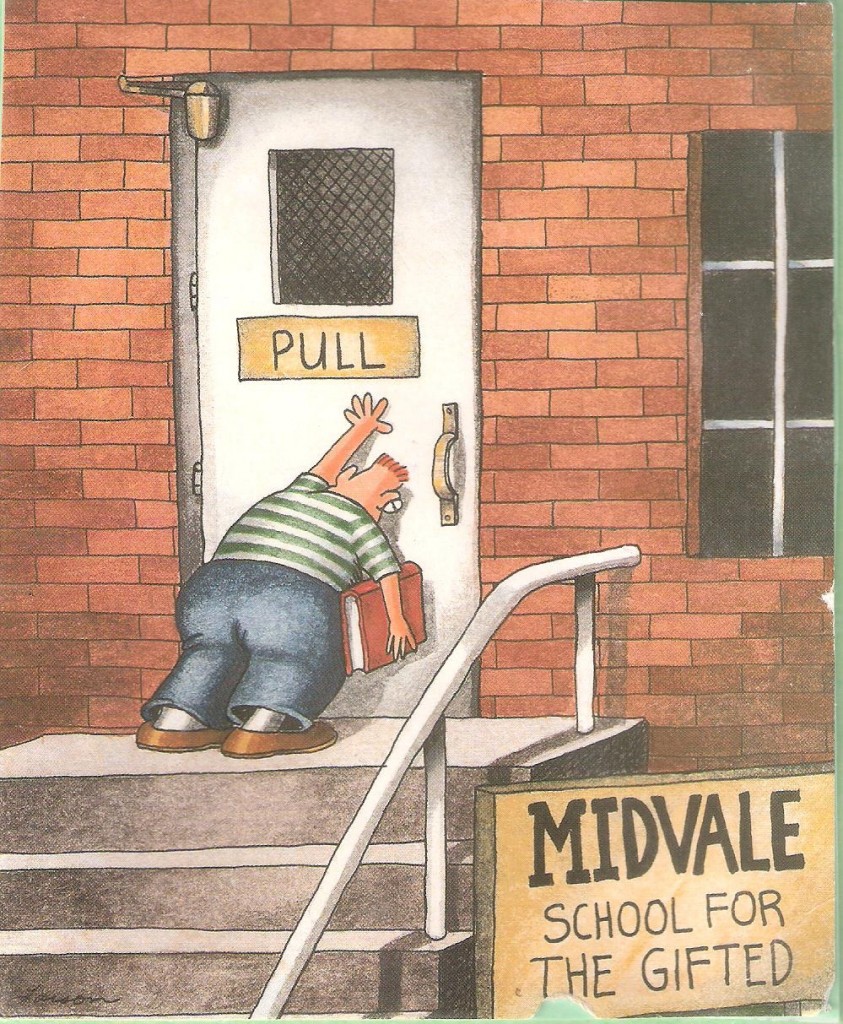
As I mentioned in my previous post, I find pictures to be a useful tool for improving reading comprehension skills at all ages – you just need to use appropriate pictures.
One of the most important skills that pupils must acquire is answering questions with answers that are relevant to the type of question asked. In order to have the pupils actually focus on understanding the questions we must separate the questions from the texts which are difficult for them. There are a number of ways to do this. Using pictures is one of my favorites.
One of things I do with high-school students is ask “Bagrut Type” (matriculation exam format) questions about an interesting picture. For example, take the question “Where could you find such a picture?” Many pupils tend to respond in a concrete manner; “I can’t find such a picture”. Yet they must relate to the fact that if its an ad, it would probably be found in a magazine or newspaper, etc.
Pictures are also useful for practicing questions using common tricky phrases such as “the woman looks pleased”. Pupils tend to think that the word “look” only has one meaning and confuse “pleased” with “please”.
Here is one example I use. In future posts I will add more. I’m afraid I do not know who drew this picture (I found it ,slightly torn,amng postcards left to me by another teacher) and will gladly give full credit if anyone does know!
Gifted

